The State of SanDisk
by Kristian Vättö on December 5, 2014 8:00 AM EST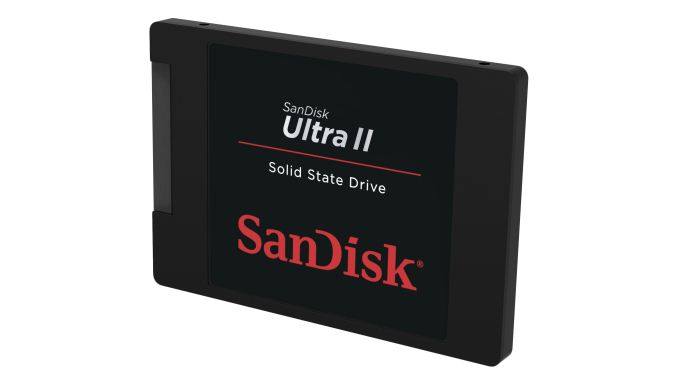
Back at Flash Memory Summit I had the opportunity to meet with all the key people at SanDisk. There is a lot going on at SanDisk at the moment with the Fusion-io acquisition, TLC NAND, and other things, so I figured I would write a piece that outlines SanDisk's current situation and what they're planning for the future.
I'll start with the client side. For SanDisk the big topic at this year's Flash Memory Summit was TLC NAND and we were given a sneak peek of the SanDisk Ultra II back at the show, which was then released a few weeks later. Since we have already reviewed the Ultra II, I'm not going to talk about the drive itself and its technical merits, but there are a few things that Kevin Conley, senior vice president and general manager for SanDisk's client business brought up about TLC and the client market in general.
I'm sure most of our long-time readers remember how SSD prices plummeted between 2010 and 2012. The reason for that wasn't a breakthrough in NAND technology, but merely the fact that all manufacturers increased their manufacturing capacity with the expectation of exponential NAND demand growth. As you can see in the graph above, the industry bit growth was over 60% year-over-year between 2010 and 2012, which lead to oversupply in the market and deflated the prices.
The reason why all NAND manufacturers invested so heavily on capacity increases was the popularity of smartphones and tablets; it was expected that the average storage capacity would increase over time. Basically, the NAND manufacturers assumed that decreases in NAND prices due to smaller lithographies would translate to higher capacity smartphones and tablets, but in fact the mobile companies chose to save on onboard storage and invest in other components instead (camera, SoC, etc.).
It's only been recently that smartphone and tablet manufacturers have started to increase the internal NAND and offer higher capacity models (e.g. the 128GB iPhone 6/6+), but even today the majority of devices are shipping with 16GB, which is the same capacity that the low-end iPhone 3GS had when it was introduced in 2009. Of course a large reason for the reduced sales of higher capacity smartphones/tablets has a lot to do with pricing, where 32GB devices often cost $100 more than the 16GB model.
Since the NAND manufacturers are now adding fab space at a slower pace, they are looking for alternate ways to increase bit growth and scale costs down – and that's where TLC kicks in. Because TLC packs in 50% more bits than MLC (three bits per cell instead of two), increasing the share of TLC production is an efficient way to boost bit growth without additional fab investments.
Currently about 45-50% of SanDisk's NAND production is TLC and by next year TLC will be overtaking MLC in terms of production volume. Note that SanDisk will have 3D NAND ready in 2016, so the graph doesn't imply that SanDisk will move to TLC-only production in 2017 – it is just the 2D NAND production moving to TLC since it will mostly be used in applications like USB flash drives and other low cost devices, while 3D NAND will be used in SSDs.
TLC will also be one of the driving forces behind average capacity increase. The main obstacle in SSD adoption is obviously the cost per gigabyte, and the lower production costs of TLC will help to bring the prices down. I think it's too early to say what kind of impact TLC will have on prices because currently there are only two drives available (SanDisk's Ultra II and Samsung's 840 EVO), but once more OEMs are ready with their TLC SSDs later this year and early next year, I believe we will see more aggressive pricing.
One of SanDisk's presentations at the show had a very interesting slide about the company's internal SSD deployment program. The question that is often debated when it comes to SSD endurance is the number of gigabytes that a user writes per day. There aren't really any studies with large sample sizes, but SanDisk's own study provides an interesting insight into typical office workloads.
What the data shows is that a typical office user only writes about 7GB per day on average and the number of people that write over 20GB is only a few percent, so very few users actually need more endurance than what TLC SSDs can offer (~20GB/day). Of course, everyone's usage is different and I doubt SanDisk's data takes e.g. media professionals properly into account, but it is still interesting and valuable data nonetheless.
Another thing I discussed with SanDisk was the obstacles for higher SSD adoption rate. While there is growth, the attach rate in the consumer space is still fairly modest and will remain as such for the next few years at least. Price is obviously one of the most important factors as hard drives are still an order of magnitude cheaper when measured in price per gigabyte, but I'm not sure if absolute price and capacity are the only hurdles anymore. I mean, 256GB is more than sufficient for the majority of users – especially now that we live in the era of Netflix and Spotify – and at ~$100 it's fairly affordable, so I think we have reached a point where the price is no longer the barrier preventing users from upgrading to SSDs.
This is actually the part where we ask for your, our readers, help. What is it that we or manufacturers like SanDisk could do to boost the SSD penetration in the market? Would live demonstrations at malls and other public places help? Or upgrade programs where you could take your PC to a store and they would do the upgrade there for you? Let us know your ideas in the comment section below and I'll make sure to bring them up with SanDisk and other SSD manufacturers. Remember that we are talking about the masses here, so think about your parents for instance – what would it take for them or other people who are not very comfortable around computers to upgrade their PCs with an SSD?
The one huge problem is of course the PC OEMs and convincing them to adopt SSDs for mainstream laptops. The race to the bottom practically killed the profits in the PC industry, which is why most of the mainstream (~$400-600) laptops have such a bad user experience (low-res TN panels, cheap plastic chassis, etc...). With already razor thin margins, the OEMs are very hesitant about increasing the BOMs and taking the risk of cutting their already-near-zero margins with SSDs. I know SanDisk and other SSD OEMs have tried to lobby SSDs to the PC OEMs as much as possible, but anything that adds cost gets a highly negative response from the PC OEMs.


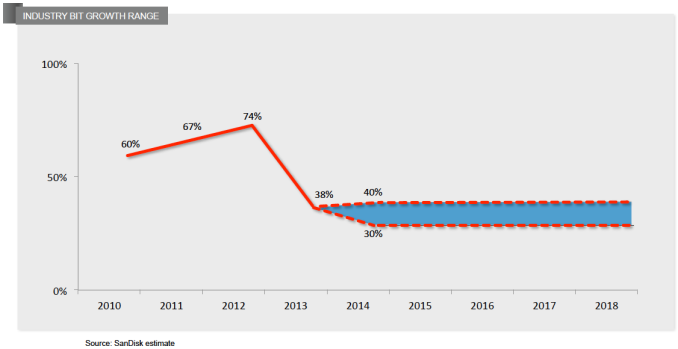
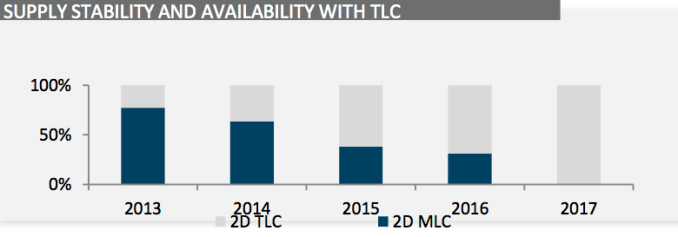
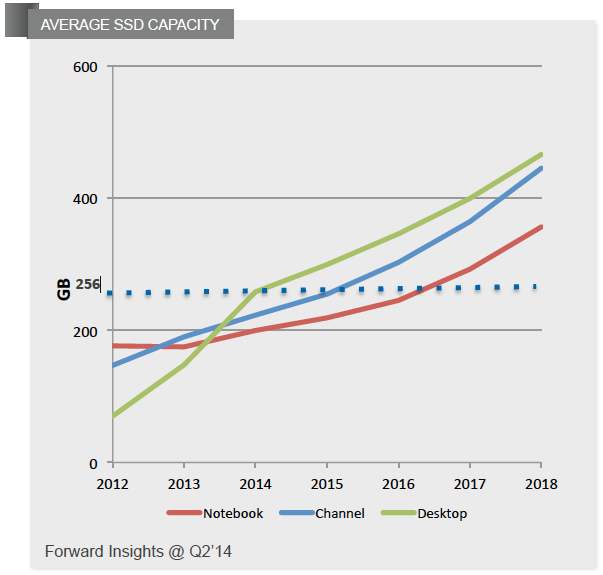
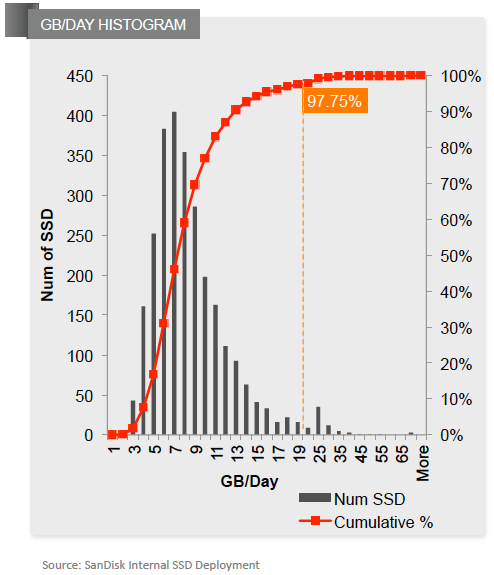









132 Comments
View All Comments
hojnikb - Friday, December 5, 2014 - link
>This is actually the part where we ask for your, our readers, help. What is it that we or manufacturers like SanDisk could do to boost the SSD penetration in the market? Would live demonstrations at malls and other public places help? Or upgrade programs where you could take your PC to a store and they would do the upgrade there for you? Let us know your ideas in the comment section below and I'll make sure to bring them up with SanDisk and other SSD manufacturers. Remember that we are talking about the masses here, so think about your parents for instance – what would it take for them or other people who are not very comfortable around computers to upgrade their PCs with an SSD?Try before buy or something similar. Let the user try the ssd for themselfs and they are not satisfied with the performance and responsivness, then they can bring it back. Obviously live demonstrations and help with install would greatly help aswell.
As far as OEMs are concerned; they should start offering base models with ssds instead of HDDs. I bet that a cost efficiently designed msata/m.2 ssd of 64/128GB size could potentialyl be cheaper than 500/1TB harddrive.
FITCamaro - Friday, December 5, 2014 - link
A demonstration would have to show real world results showing the difference. Merely booting up faster isn't that big a selling point to most. An extra 30 seconds of faster boot (something you do once a day) isn't worth the drastic cost per GB difference for most. Even as an enthusiast for me it still isn't. Granted now I have all the HDD storage I'm going to need for a long time (two 3TB drives), I'm just waiting for the extra cash to pick up a 240-256GB SSD for games to replace my 120GB one since space is becoming an issue. But my OS is still on a traditional 1TB drive. That will eventually change but it's not a priority.At the end of the day, SSDs are still largely too expensive for most. They see the small size and are like "what the heck?". More are adopting cloud storage as a viable option, but that's the real sell. Convincing people they can make do with only a 64-120GB drive onboard while using cloud storage for everything else. People are spoiled with being able to keep their entire music collection on their laptop.
hojnikb - Friday, December 5, 2014 - link
Considering that consumer space is moving towards cloud and streaming, having less much much faster storage makes a lot of sense. Who really needs a 1TB drive and actally _uses_ it ?Probobly not a lot of people. And by giving base models ssds instead of hdds this could potentially mean lower prices if done right. And consumers love lower prices.
paddytokey - Friday, December 5, 2014 - link
Completely agree with that, additionally a lot of people have bought external Harddrives over the last couple of years to store all their stuff on. I think having a 128GB+ SSD in a low-priced pre-built computer makes a ton more sense nowadays as it will benefit you in everyday tasks and makes the machine feel so much snappier.nathanddrews - Friday, December 5, 2014 - link
Three benchmarks in store or on YouTube that would likely impress Average Joes:1. Opening and editing pictures/slideshows/movies on something like PS Elements
2. Playing and MMO like WoW or Marvel Heroes, something that is disk intensive that actually affects gameplay
3. Opening, editing, and saving large MS Office projects
StevoLincolnite - Friday, December 5, 2014 - link
Unfortunately, games are starting to balloon in install size.50Gb+ is the norm going forward.
SSD's simply aren't cost effective for a "games" drive.
My Steam Library for instance, with over 500 games consumes almost 3 Terabytes (And that's JUST Steam!), yes I like to have everything installed and ready to-go, always, with a backup on another drive.
I simply do not wish to waste time, downloading/transferring/copying/moving games all the time to an SSD, just click and play.
So, I just use a mechanical for everything else and a several-year-old 64Gb OCZ Vertex 2 SSD for my Windows install.
I did just picked up a Sandisk Readycache drive though, hopefully I can configure it to cache my games drive, otherwise it's going into my grandmothers PC.
Stochastic - Saturday, December 6, 2014 - link
I don't have the time or interest to play 500 games. At any given moment I'm usually actively playing no more than one or two games. If Gigabit internet ever becomes ubiquitous this will become a non-issue as downloading games will only take a handful of minutes.amddude10 - Sunday, December 7, 2014 - link
You can also backup and restore backups with steam very easily to and from hard drives, whenever you decide to switch what games you're playing. One of the nice things about SSD's is that they can easily handle reading or writing to or from a hard drive as fast as that hard drive can go, whilst also still being able to load or save other programs or files onto it while you wait for your backup or backup restoration to finish. It's way faster than a gigabit internet connection.fokka - Sunday, December 7, 2014 - link
i think booting windows and autostarting programs like browser, itunes etc would get the biggest wows from novices. many people are used to waiting 1-2 minutes and more until they can even use their hdd-equipped computer, with a nice ssd-equipped system that should take less than 20 seconds.JeffFlanagan - Friday, December 5, 2014 - link
>Who really needs a 1TB drive and actally _uses_ it ?Anyone with a video library on their media PC. 1TB is actually very small.